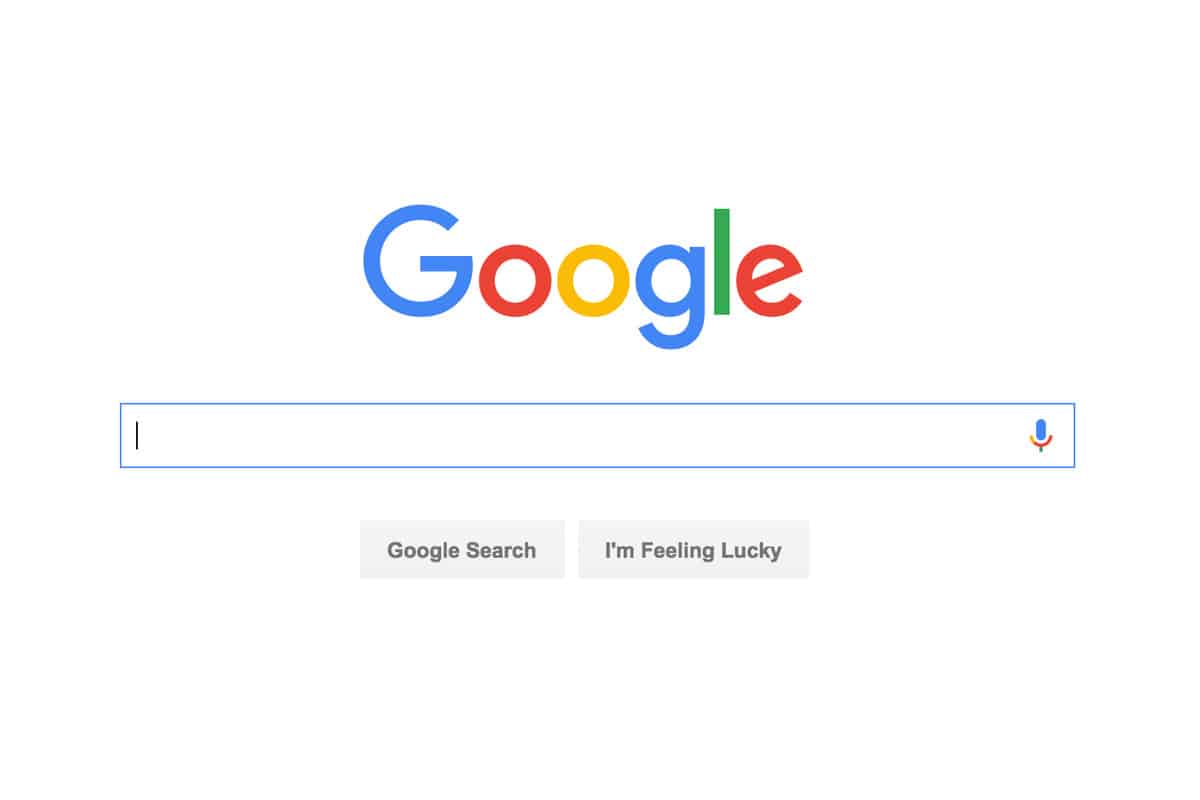Physical Abuse
What is physical abuse?
Physical abuse is when someone hurts or harms a child or young person on purpose. It includes:
hitting with hands or objects
slapping and punching
kicking
shaking
throwing
poisoning
burning and scalding
biting and scratching
breaking bones
drowning
It’s important to remember that physical abuse is any way of intentionally causing physical harm to a child or young person. It also includes making up the symptoms of an illness or causing a child to become unwell.
Signs of physical abuse
Bumps and bruises don’t always mean a child is being physically abused. All children have accidents, trips, and falls. And there isn’t just one sign or symptom to look out for. But it’s important to be aware of the signs.
If a child regularly has injuries, there seems to be a pattern to the injuries or the explanation doesn’t match the injuries, then this should be reported.
Physical abuse symptoms include:
bruises
broken or fractured bones
scarring
the effects of poisoning, such as vomiting, drowsiness, or seizures
burns or scalds
bite marks
breathing problems from drowning, suffocation, or poisoning
Head injuries in babies and toddlers can be signs of abuse so it’s important to be aware of these. Visible signs include:
swelling
bruising
fractures
being extremely sleepy or unconscious
breathing problems
seizures
vomiting
unusual behaviour, such as being irritable or not feeding properly.
If a child reveals abuse
A child who is being physically abused might not realise what’s happening is wrong. And they might even blame themselves. If a child talks to you about physical abuse it’s important to:
listen carefully to what they’re saying
let them know they’ve done the right thing by telling you
tell them it’s not their fault
say you’ll take them seriously
don’t confront the alleged abuser
explain what you’ll do next
report what the child has told you as soon as possible.
Explore further

